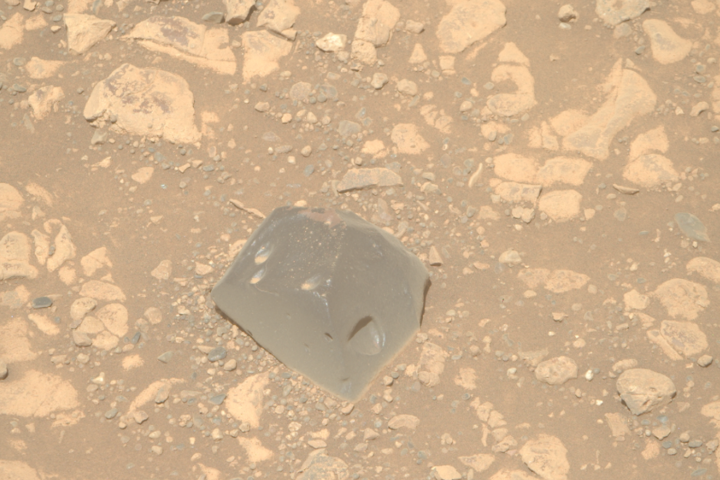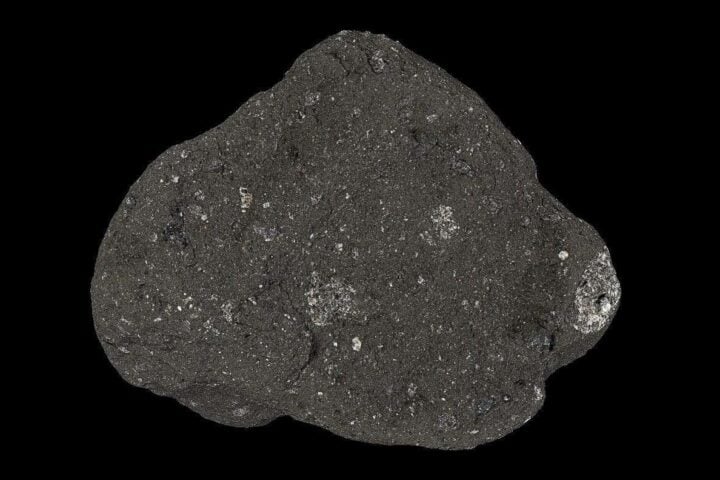A vital part of the terrestrial water and energy balance is the evaporative loss from lakes across the world, both natural and man-made. The extent of these water bodies’ evaporation, from its geographical distribution to its long-term tendency, is not yet understood. In a study by Gang Zhao, Yao Li & Huilin Gao from Zachry Department of Civil and Environmental Engineering, Texas A&M University, as well as Liming Zhou from Department of Atmospheric and Environmental Sciences, State University of New York at Albany calculated the amount of evaporation from 1.42 million worldwide lakes from 1985 to 2018 using satellite measurements and modeling methods. Findings suggest the average annual lake evaporation over longer periods has grown by 3.12 km3 per year, to 1500–150 km3 per year. Increased evaporation rate (58%) and decreased lake ice covering (23%), as well as increased lake surface area, are the trend attributions. Artificial lakes (also known as reservoirs), which only make up 5% of all lakes worldwide, are responsible for 16% of the world’s evaporation volume. The study highlight the significance of utilising evaporation volume as the major criterion for evaluating climate influences on lake systems rather than evaporation rate. 1.42 Million Lakes Losing Water Globally Due To Evaporation & Rising Temperatures.
Lakes (natural and manmade), which make up around 5 million km2 of the Earth’s land surface, are essential elements of the world’s biological and hydrological systems. Due to their wide open water expanses and the substantial vapour pressure differential at the water-atmosphere interface, lakes may evaporate a significant amount of water (i.e., latent heat flux). Lake evaporative water loss dynamics are influenced by water area and evaporation rate, both of which are location-specific and responsive to the effects of a complex changing environment. For instance, rising temperatures and increased solar radiation might affect evaporation rates, whereas declining lake ice cover and severe drought can increase or reduce open water areas, respectively. In order to manage aquatic ecosystems and water resources more effectively, it is necessary to understand the spatiotemporal variations and causes of evaporative water loss from lakes.
The average values from the grids that connect distinct lakes were determined for each lake and each month to create the time series of the governing variables. As a result, for each dataset, the monthly time series values of these four variables were created for 1,427,687 lakes between January 1985 and December 2018. 1.42 Million Lakes Losing Water Globally Due To Evaporation & Rising Temperatures, The three meteorological forcing datasets were averaged over the lake surface area for each lake to determine the forcing data (TerraClimate, ERA5, and GLDAS). Using wind direction climatology data from the National Centers for Environmental Prediction (NCEP), shapefiles from the Hydrolakes dataset, and lake area dynamics, the monthly lake fetch values were determined.
In earlier efforts, the U.S. region’s rigorous validation of this newly designed method was done. By including four international lakes with trustworthy evaporation measurements, further worldwide validations were carried out. These findings demonstrate that adding a heat storage simulation may greatly increase accuracy, especially for deep lakes (which have larger heat storage capacities than shallow lakes). Furthermore, measurements at Lake Taihu and Lake Mead were used to systematise the evaluation of the energy balance and aerodynamic parameters. Evaluations of the algorithm for shallow and deep lakes show that it is reliable, and the high agreement of evaporation rate simulation is not the result of mistakes being cancelled out. The results from Wang et al. are likewise consistent with the patterns of the zonal mean of the evaporation rate (i.e., latitudinal distribution).
Studies that have hitherto been conducted on a global scale have mostly concentrated on changes in evaporation rate (alone) rather than total evaporation volume. The evaporation rate alone, however, is unable to capture the scope of lake water loss without taking into account the dynamics of the lake area and the freeze/thaw cycles of the lake ice. Therefore, these methods fall short for managing water resources and assessing the water/energy balance of lakes. More accurate estimations have been obtained by several local to regional studies however extrapolating these findings globally is improper due to the significant geographical variation of evaporation rate and water area. Due to the fact that evaporation is the only mechanism connecting energy exchanges and water cycles, the contributions of worldwide lakes within climate systems cannot be properly assessed.


















